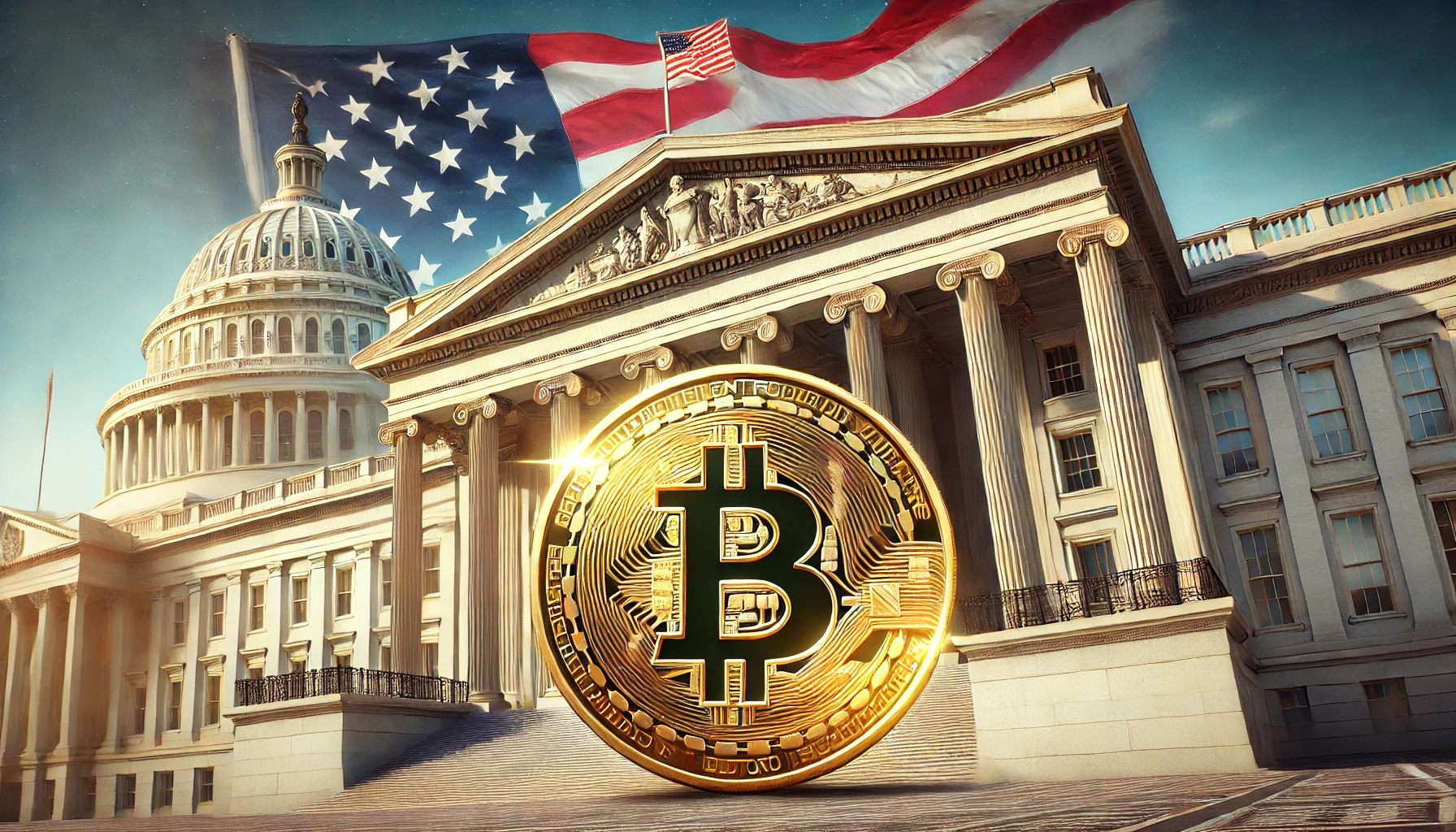Trump’s Bitcoin Reserve Plan Could Upend the Financial System

Bitcoin prices soared past $107,000 on Monday after President-elect Donald Trump doubled down on his idea of creating a U.S. Bitcoin Strategic Reserve. The announcement has stirred excitement among crypto supporters, but how would this actually work?
A strategic reserve is a stash of an important resource kept for emergencies. The best-known example is the U.S. Strategic Petroleum Reserve, set up after the 1970s oil crisis to stabilize fuel supplies. Other countries hold reserves of key goods too—Canada has a maple syrup reserve, and China stockpiles metals and grains.
Trump’s plan is to apply this idea to bitcoin. Experts disagree on whether he could do it with just an executive order or if Congress would have to sign off. Some say he could use the Treasury’s Exchange Stabilization Fund, which already manages foreign currencies, to hold bitcoin as well.
The U.S. government already possesses about 200,000 bitcoins, seized from criminals and worth around $21 billion today. Trump hinted that this could form the core of the reserve. But transferring those bitcoins from the Justice Department to a new reserve might not be simple, legally speaking.
It’s unclear if Trump plans to buy more bitcoin on the open market. If he does, the government might need to borrow money or even sell some of its gold reserves to fund the purchase. This idea has backing from Senator Cynthia Lummis, a Republican who introduced a bill to create a bitcoin reserve. The bill hasn’t gained traction yet, but Lummis, who owns bitcoin herself, continues to push for it.
For now, Trump’s proposal is just a plan. But if it moves forward, it could mark a major shift in how the U.S. handles both traditional finance and the future of crypto.
